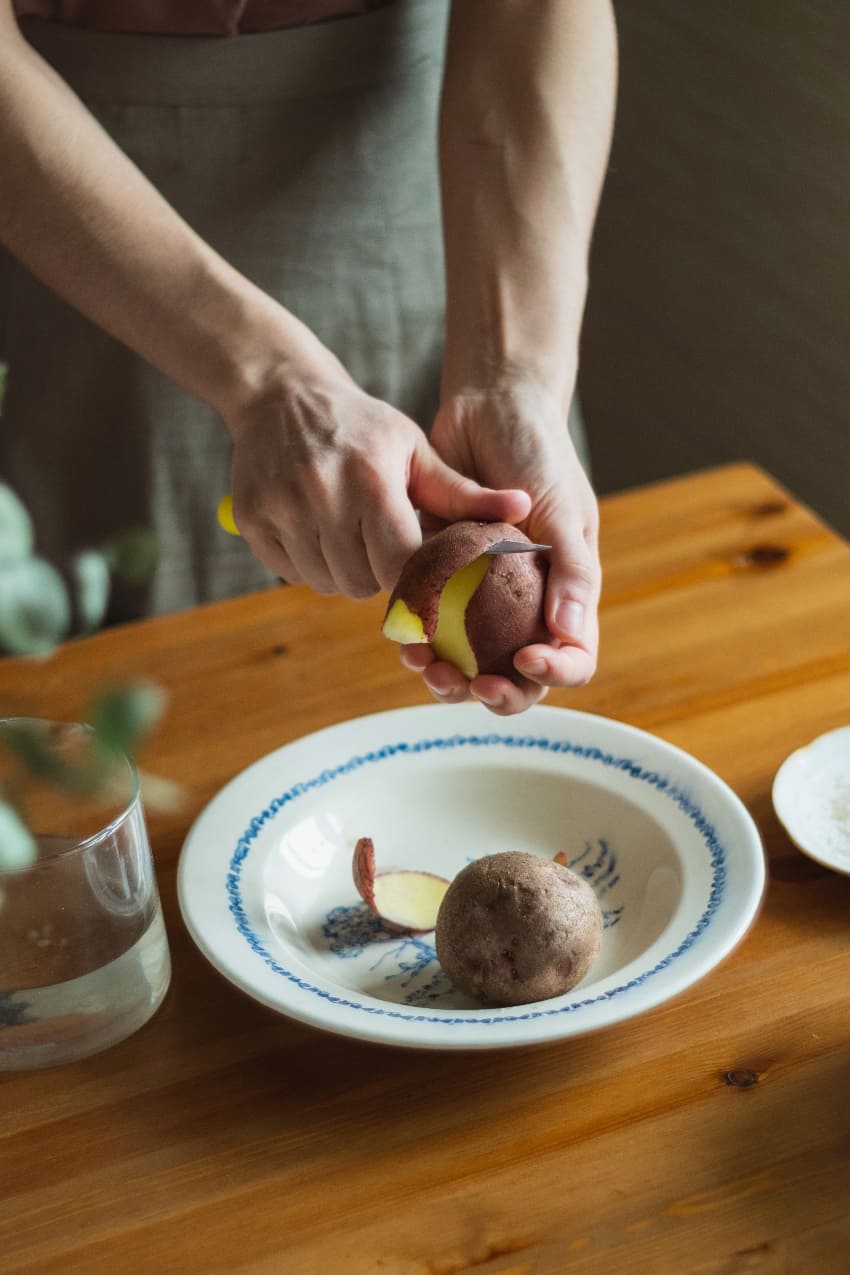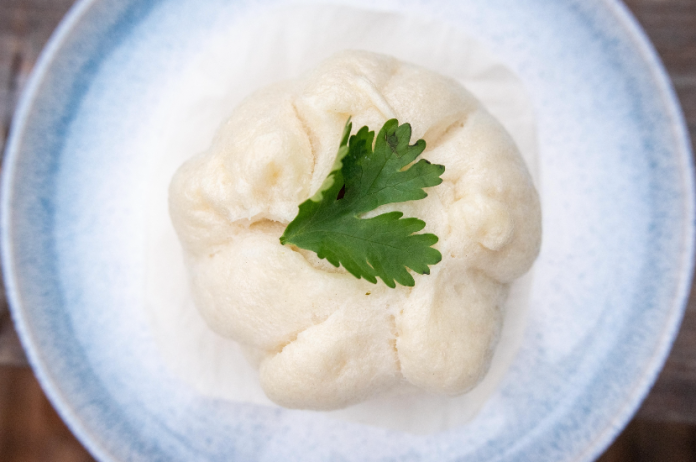The holiday season is upon us, and cooks everywhere are fretting about the mashed potatoes. Whether you’re hosting a get-together, helping cook a family meal, or contributing to a potluck, it’s expected that mashed potatoes — creamy, lump-free and delicious — will be part of it.
There are many ways to make mashed potatoes, and all claim to be “the best.” Use Russets, Yukon Golds, or regular white potatoes; peel them or don’t; boil the potatoes or steam them. And then there’s packaged, dehydrated mashed potatoes, which are not part of my repertoire.
All of those factors may or may not matter but my biggest issue has always been how to reliably make perfect mashed potatoes, in advance, without burning them or drying them out. Years ago I’d resigned myself to being in the kitchen at the last minute, frantically trying to make the eagerly awaited mashed potatoes for everyone else sitting around the table.
That all ends now.
Potato type
The kind of potato you use matters, and without getting too technical, it’s all about the starch content and type. The easy bottom line to remember is that regular white potatoes, peeled or unpeeled, will work just fine.
Russet potatoes have starch cells that fall apart easily, which means they don’t need to be cooked long or whipped very much. (In fact, if you work them too much they’ll turn out gummy.) Red Bliss and Yukon Gold potatoes, with starch cells that hold together tightly, must be cooked longer and worked harder to break up the starch.
One more thing about the starch: you want to cut potatoes (peeled or not) into smallish cubes and rinse them in cold water until the water runs clear. Some people like to soak them; Either way, the water needs to be changed till it runs clear, meaning the excess starch is gone.
To peel or not to peel
This is a matter of personal taste; I like how creamy white mashed potatoes look—especially with a pat of golden butter melting on top—so I always peel them. Are there vitamins in the skin? Yep. Will my health suffer if I don’t eat the skins this time? I don’t think so. You decide which works best for you.

An interesting aside: Regular white potatoes have been bred to have very thin skins, so it isn’t necessary to peel them.
How to mash potatoes
Surprisingly, this seemingly mindless part of the recipe is crucial, and it’s all about the starch, too.
How hard you whip, beat or work the cooked potatoes — no matter what type you’re using — is what makes or breaks the final texture.
First off, do not use a food processor. If you’ve wondered why your mashed potatoes turn out gummy, this could be why. One chef described it as releasing an “avalanche of starch, turning your potatoes the consistency of melted mozzarella cheese.” Ugh.
Want to use a stand or hand mixer? Do so carefully, and don’t overbeat.
The best method is to use a ricer, hand potato masher or food mill. Again, don’t overwork them.
The recipe below explains how to make perfect mashed potatoes in advance. I’ve found this method to work every time. You’re welcome.
Mashed Potato Master Recipe
Experienced cooks need not follow these measurements exactly; eyeball the amounts and adjust accordingly.
- 2 lbs. regular white potatoes
- Salt
- ½ cup whole milk, plus more as needed
- 6 Tbsp. butter (salted or unsalted), room temperature, cut into ½ -inch pats
- Freshly ground black pepper
Cut potatoes into roughly ½-inch cubes. Rinse under cold water until water runs clear. In a large pot, cover potatoes with fresh cold water, season generously with salt and bring to a boil over medium-high heat. Reduce heat to a strong simmer and cook about 15 minutes until potatoes are tender but not dissolving. Drain in a colander and rinse with cool water once more.
In a mixing bowl or plastic container, mash potatoes by hand or with a ricer. Add only butter and salt. Don’t overwork the potatoes! Cover tightly with plastic wrap, pressing firmly around edges. If serving the same day, set aside. Store in the refrigerator if making a day ahead.
When ready to serve, heat milk carefully over medium heat in a saucepan big enough to fit the mashed potatoes. Bring milk to a slow boil and fold in the potatoes, whipping gently with a whisk, spatula, or wooden spoon. If you need more liquid, push potatoes aside, pour a little milk into the pot, and wait to stir until milk gets hot. Add salt and pepper to taste and serve. To reheat, heat a small amount of milk in a saucepan and then briskly stir in leftover mashed potatoes. – Adapted from Serious Eats
Janet Blaser is the author of the best-selling book, Why We Left: An Anthology of American Women Expats, featured on CNBC and MarketWatch. She has lived in Mexico since 2006. You can find her on Facebook.
